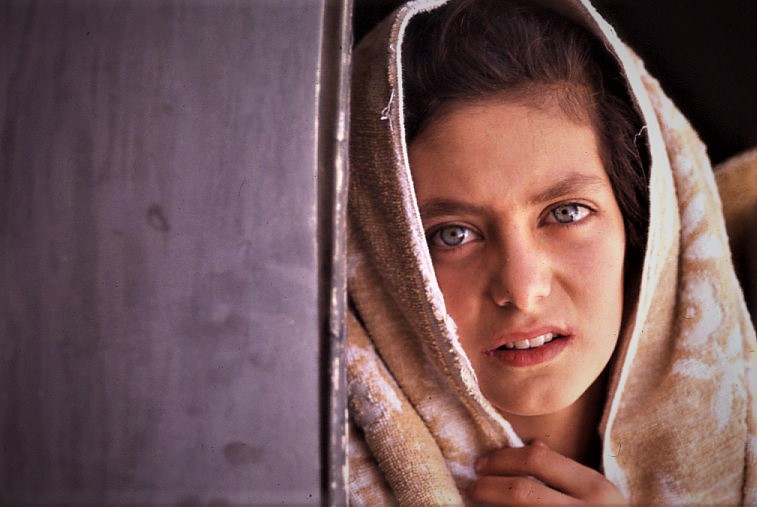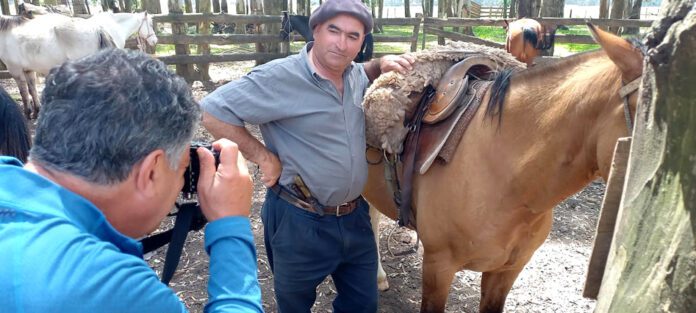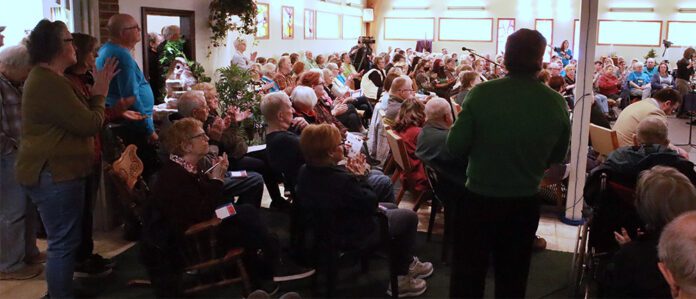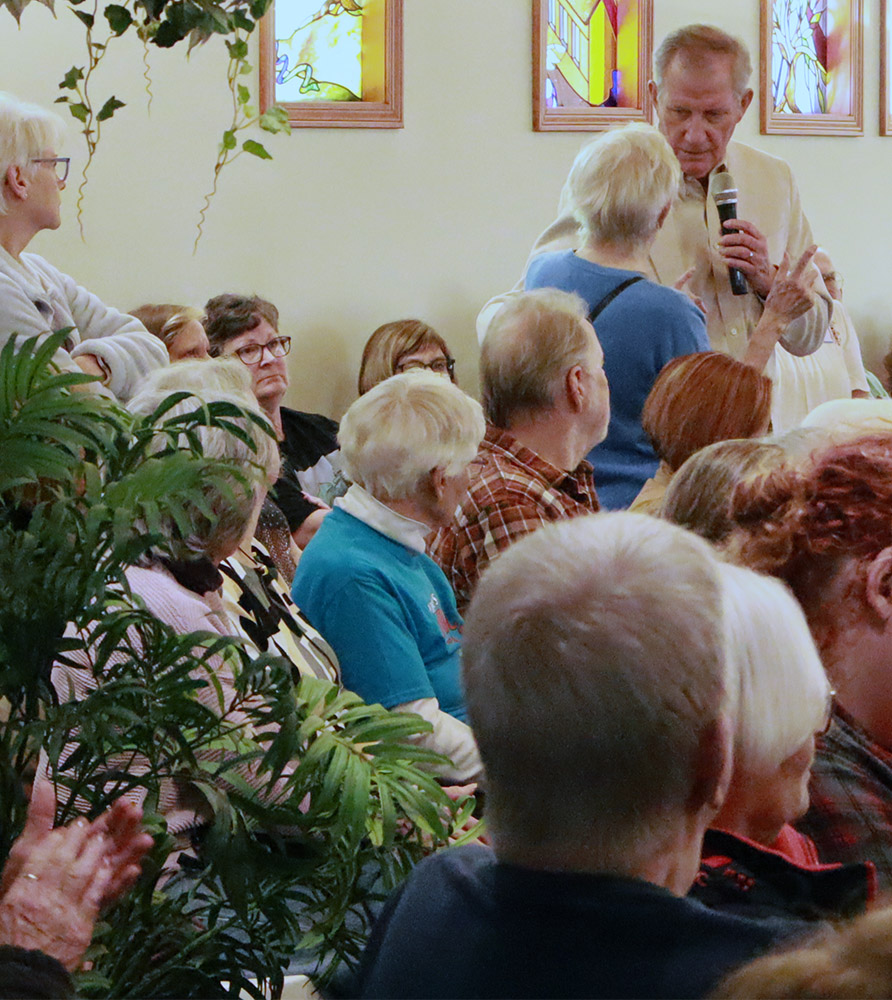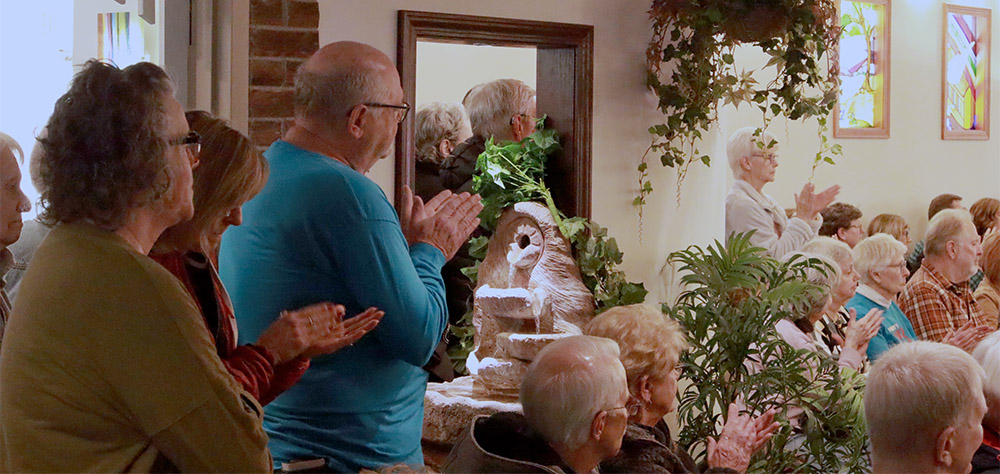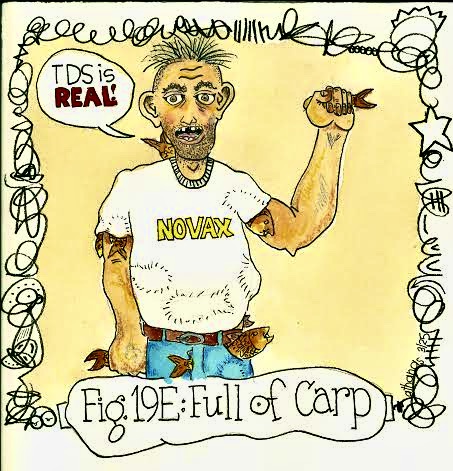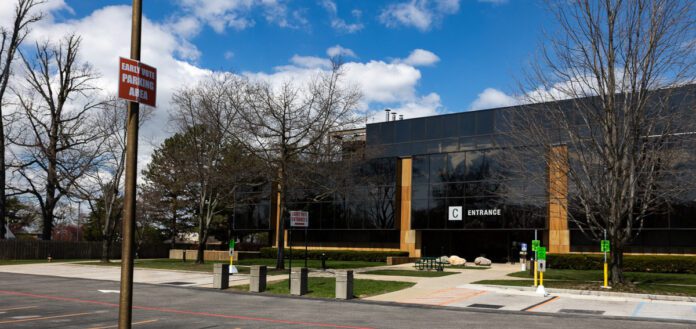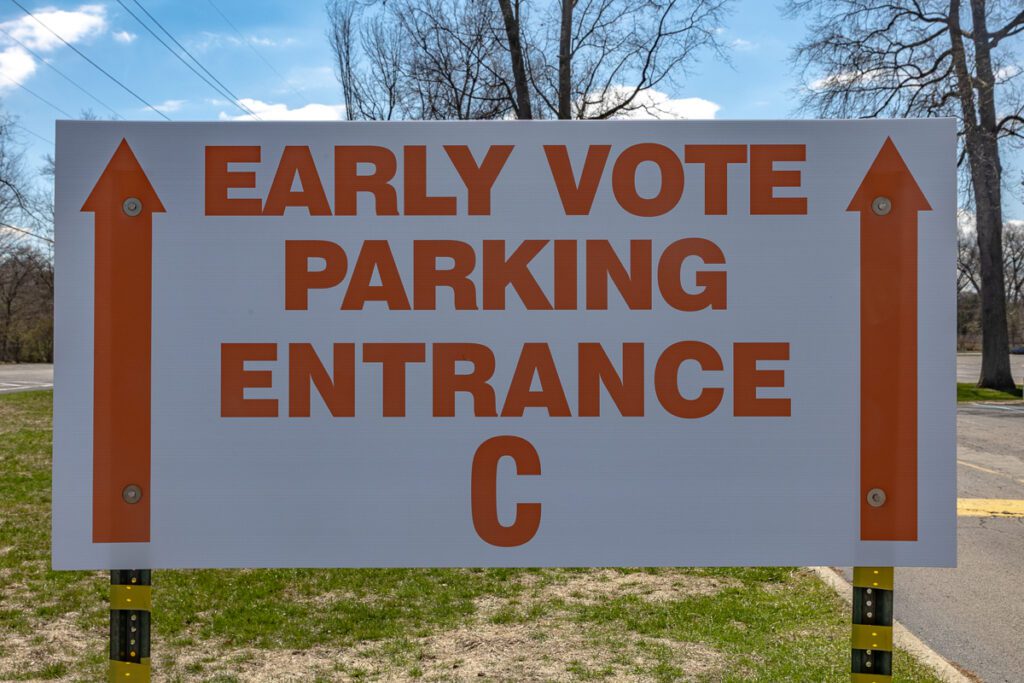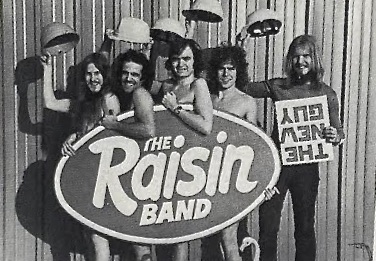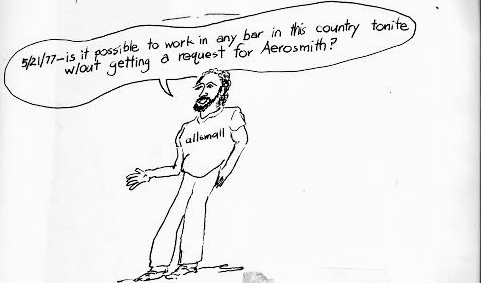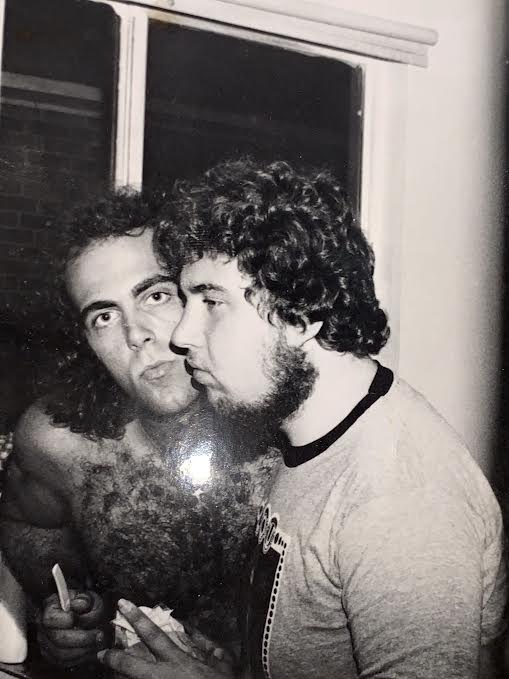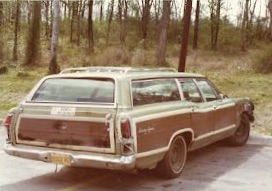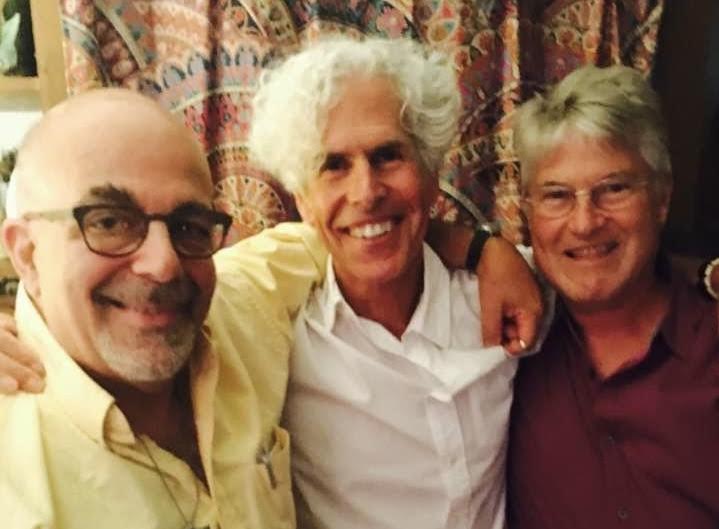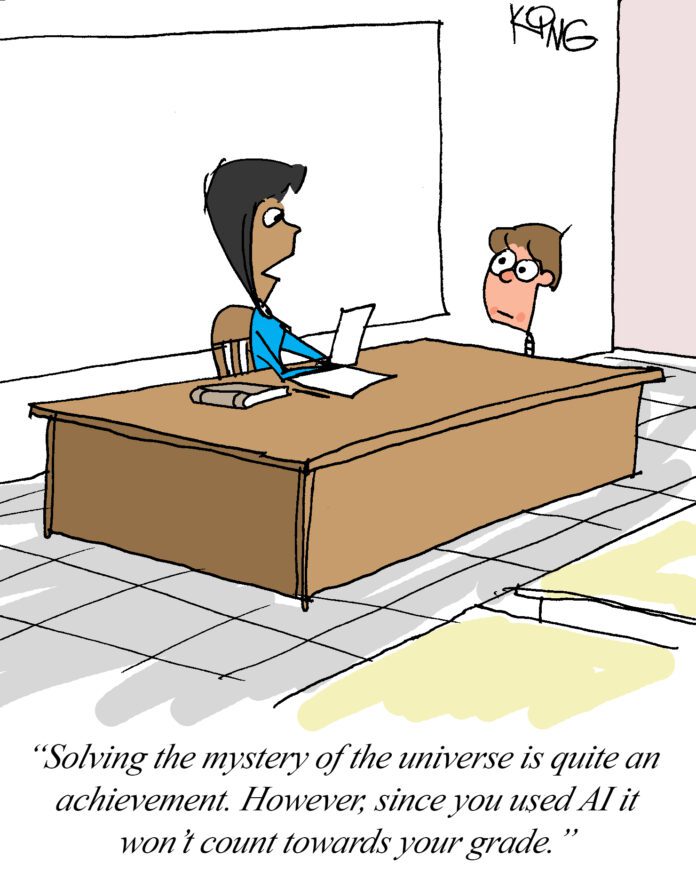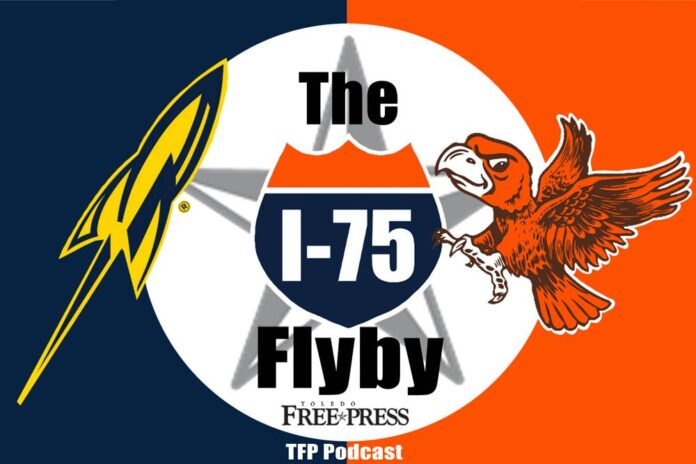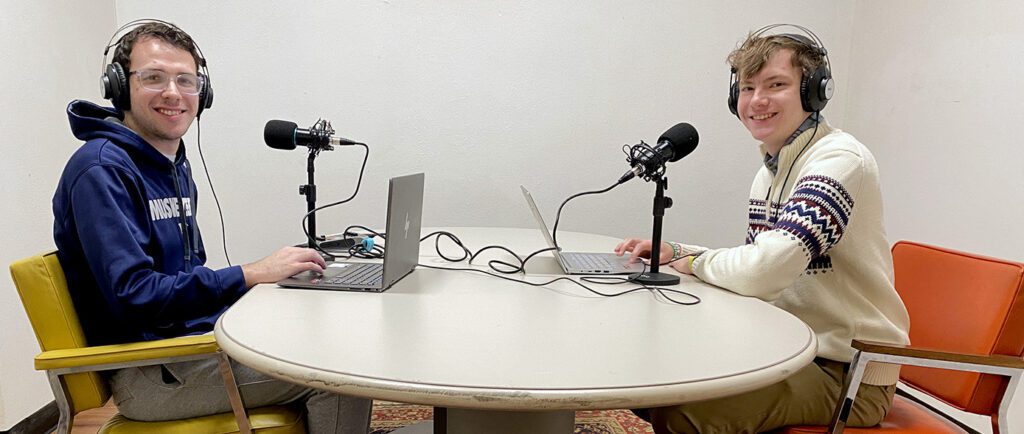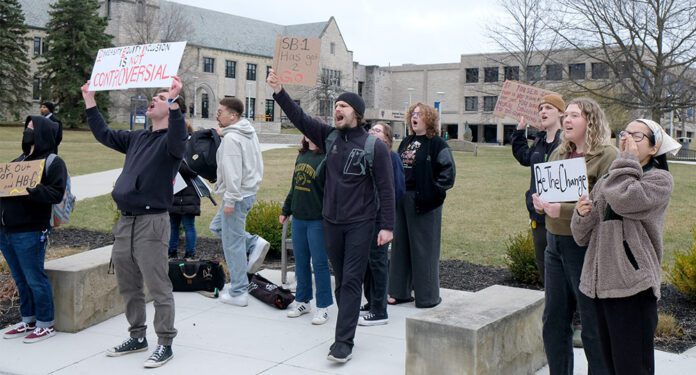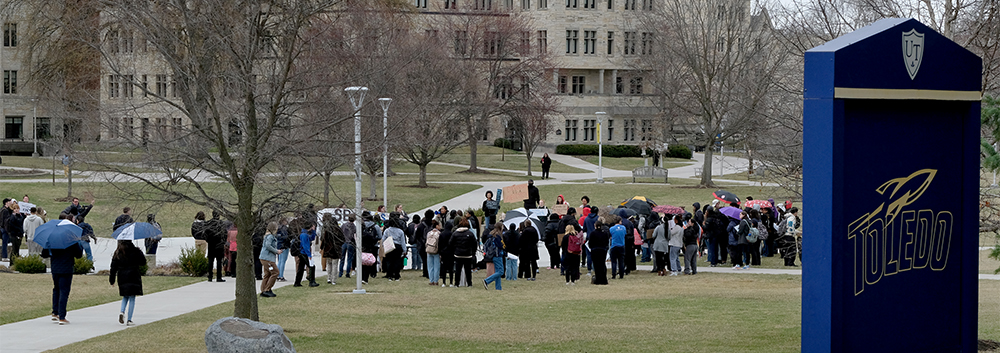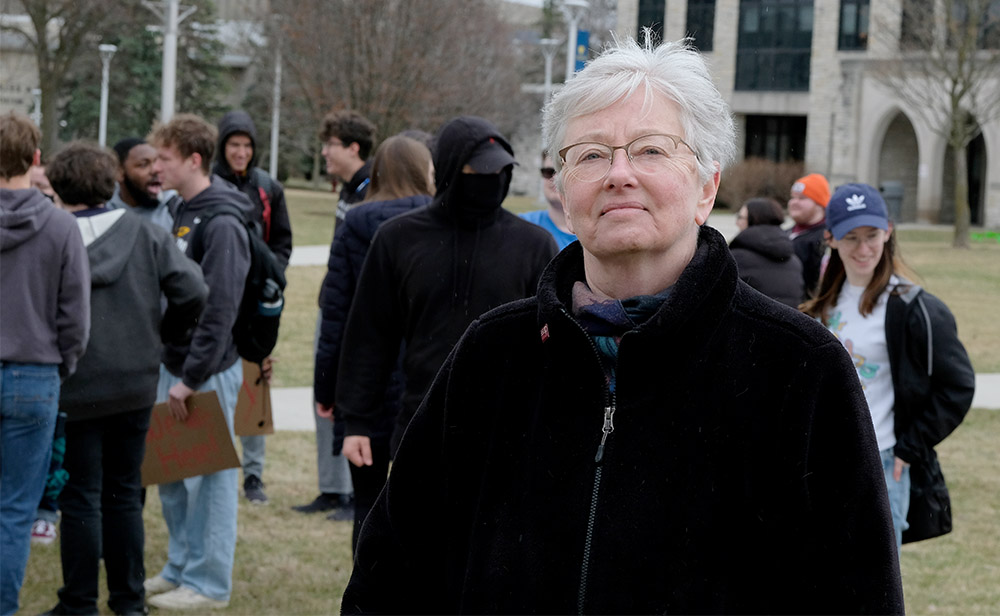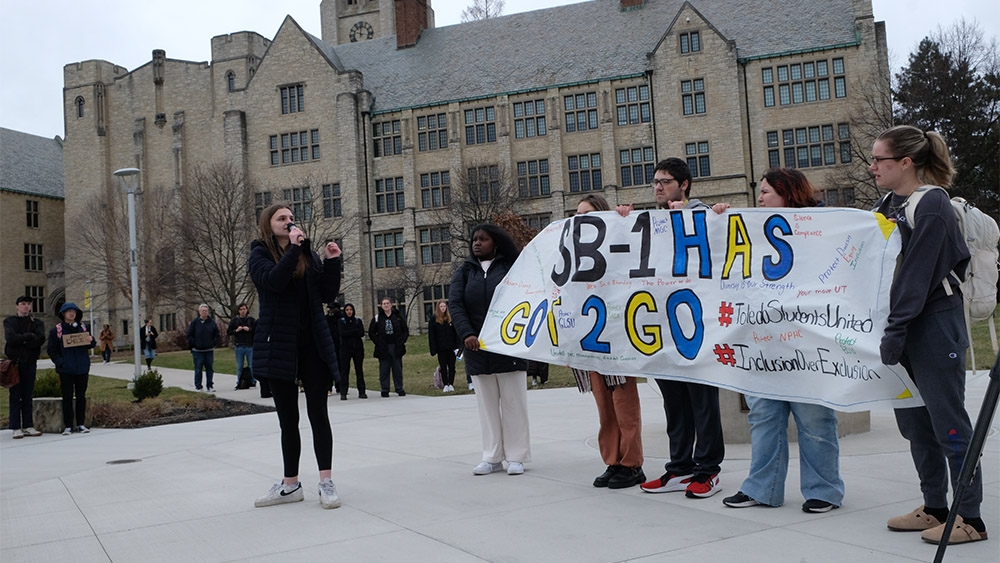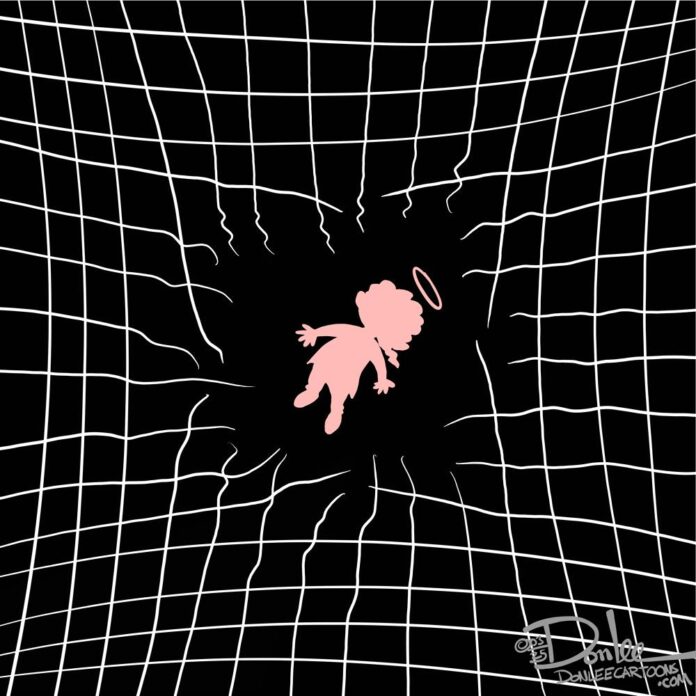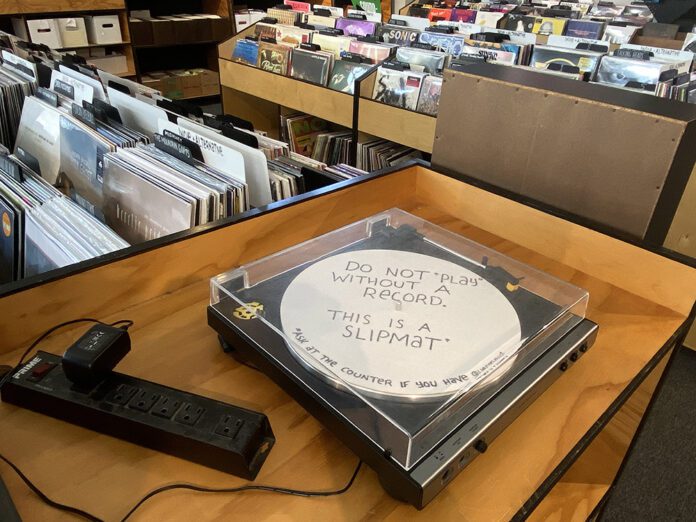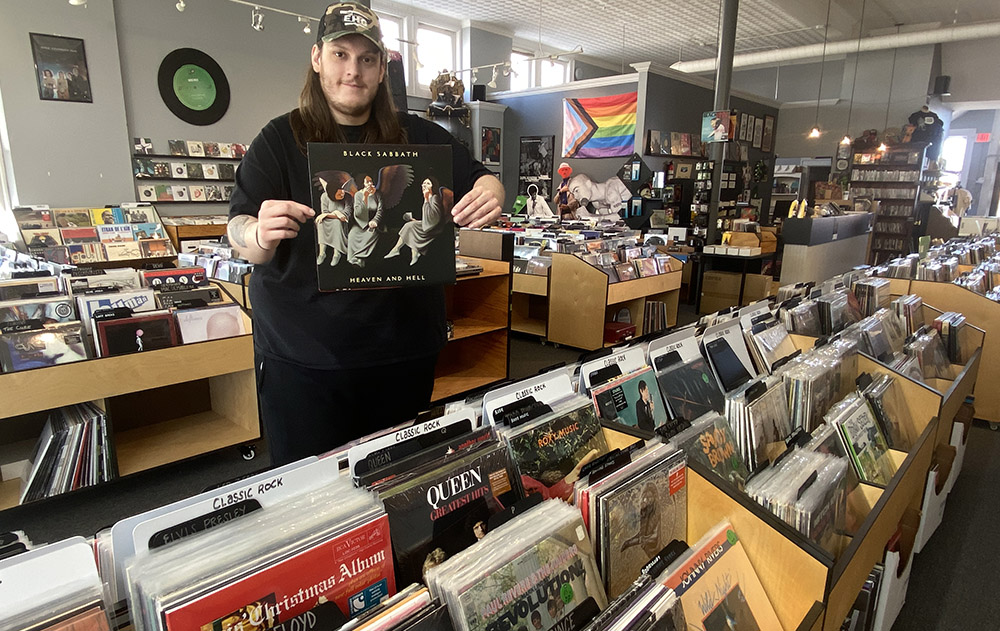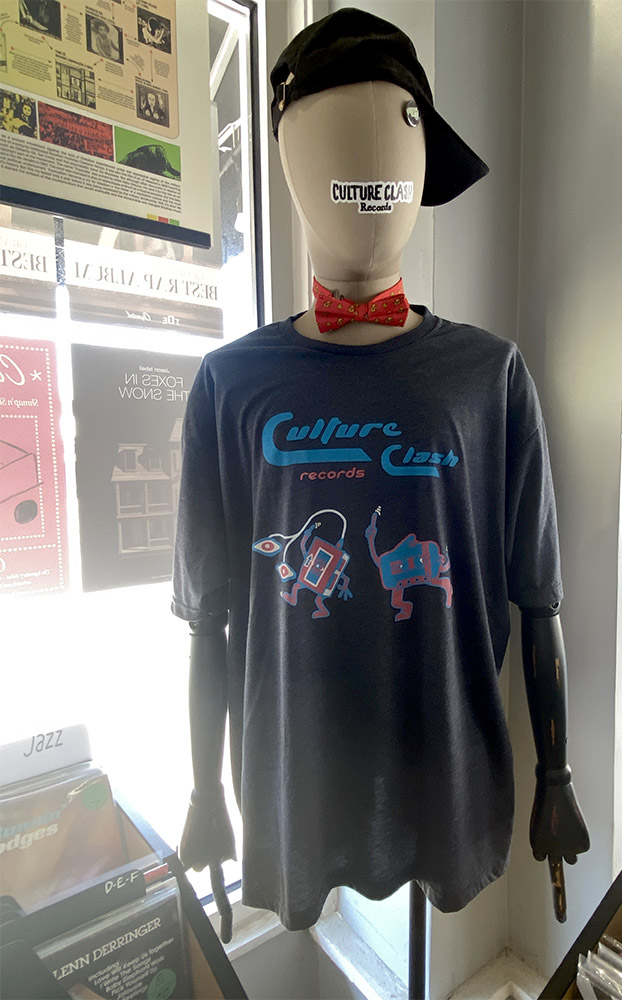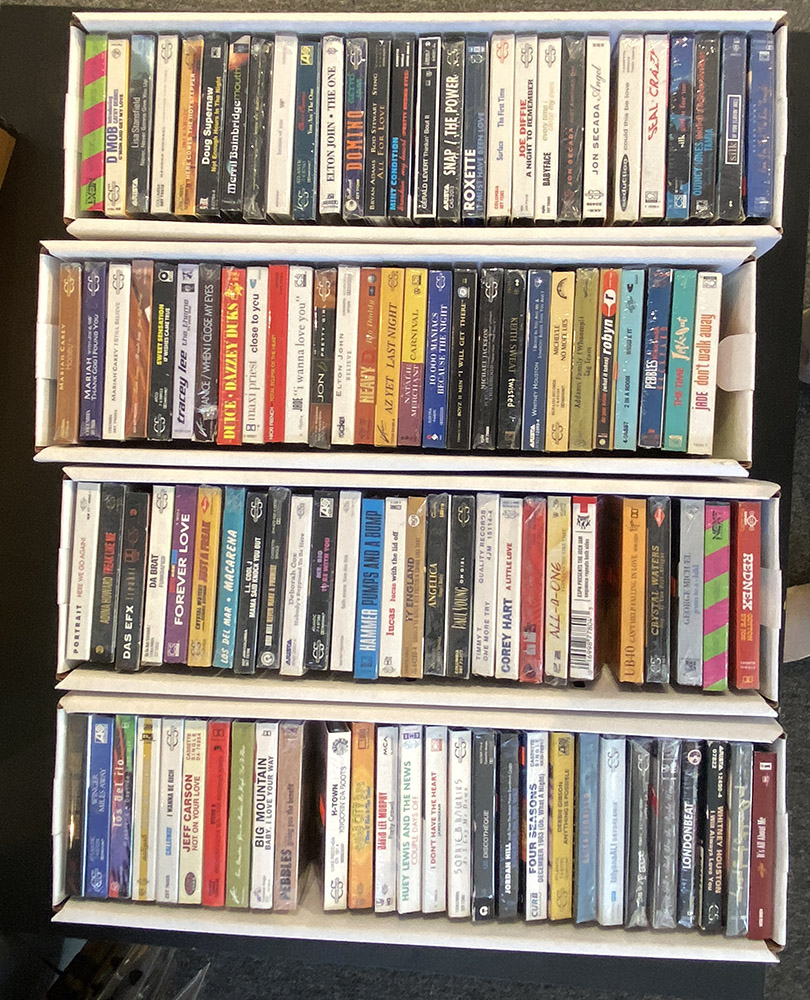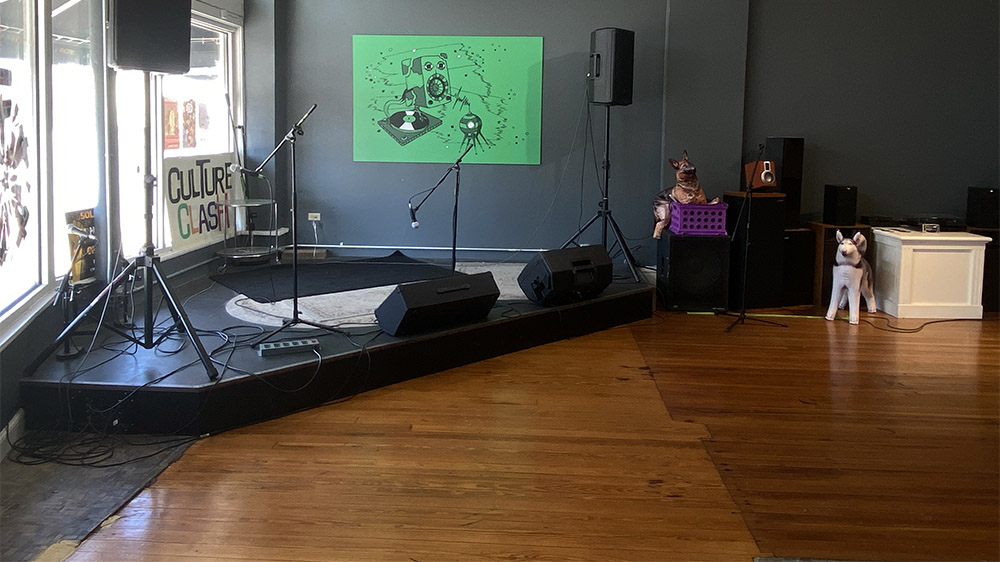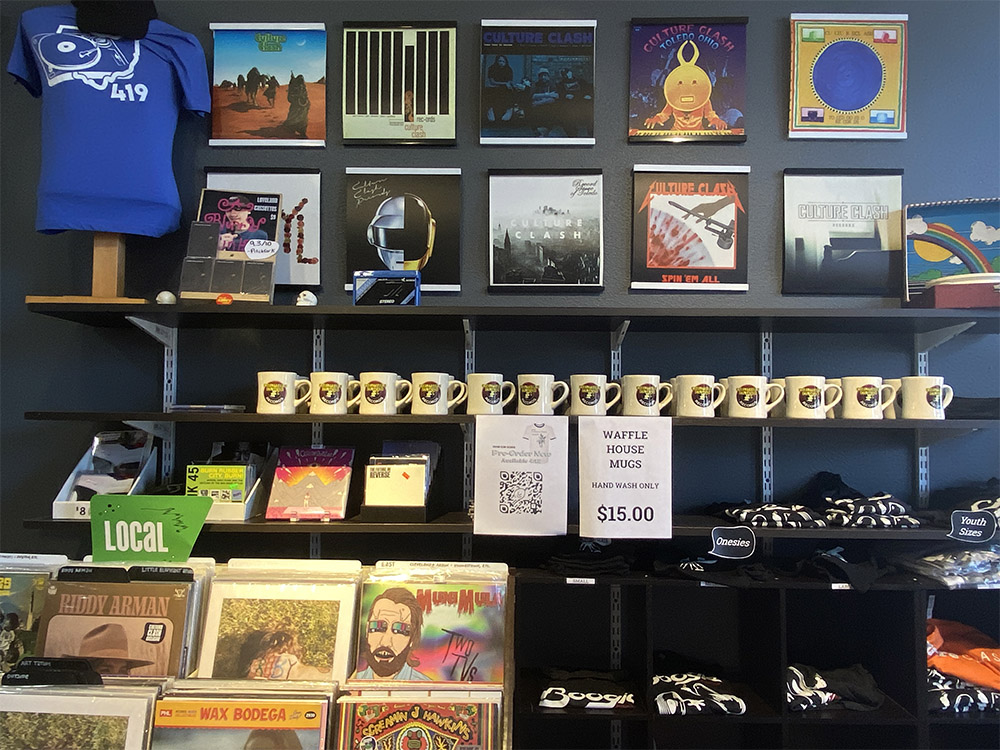TOLEDO – The question seemed fair enough.
On the other hand, asking George Tanber to guess-timate how many people and places he’s profiled during his 52-year career as a writer/correspondent and photojournalist is like asking basketball fans who is better, Jordan or LeBron?
Tanber doesn’t know exactly how many people he’s featured, though he said it’s in the hundreds.
Tanber, 75, a Toledo native and current resident, traveled to more than 50 countries as a freelancer and newspaper reporter from 1974-90. His stories and photos have been published by The Washington Post, Chicago Tribune, Dallas Morning News, Christian Science Monitor and National Geographic, to name a few.
He worked at The Toledo Blade for a decade, and was a correspondent for ESPN.com for three years, covering golf, social issues and doing investigative reporting.
Tanber said his love of adventure started at an early age. “I knew in the third grade I was going to travel the world. I had a globe my parents bought me when I was 10. I ended up at Ohio University studying journalism, and I said this is going to be my ticket to travel. I liked to write. I just had to figure out how to travel the world.”
He figured it out.

Tanber got a master’s degree in communications at Ohio University and then worked as a public relations consultant in Washington, D.C.
“I made enough money to travel the world,” Tanber said. “My big break came when I got hired by National Geographic in 1978. I got hired as a writer and photographer, and that launched my career. I did a feature on America’s Majestic Canyons. It was a four-month assignment, but it wasn’t published for a whole year. That’s when I shifted to newspapers, where you write something one day and it’s published the next day, and you move on to the next story.”
Tanber got a job as a syndicated columnist at the Anniston (Ala.) Star newspaper and Universal Press Syndicate. He met Michael Gordon, then the city hall editor, in Anniston, and the two have been friends and colleagues for 35 years.
Tanber wrote a column for six years and, he said, that column enabled him to continue traveling around the world several times.
“I had the greatest job in journalism. The column was called ‘Crossroads’ and ran once a week at the Star and Universal Press Syndicate. Michael was my editor then, and he is my editor now when I’m back on the road.”
Gordon, who lives in South Carolina, has worked with Tanber on “dozens” of assignments over three-plus decades.
“George is fearless to the point where sometimes he essentially puts himself in life or death situations,” Gordon said. Tanber estimated he has had approximately 15 near-death experiences in his role as a journalist.
“He would say he was going after a story he wanted to get, and he was fearless on a story,” said Gordon. “His curiosity has been a lifelong strength. One of the most important traits you can have is curiosity, and George has it.”
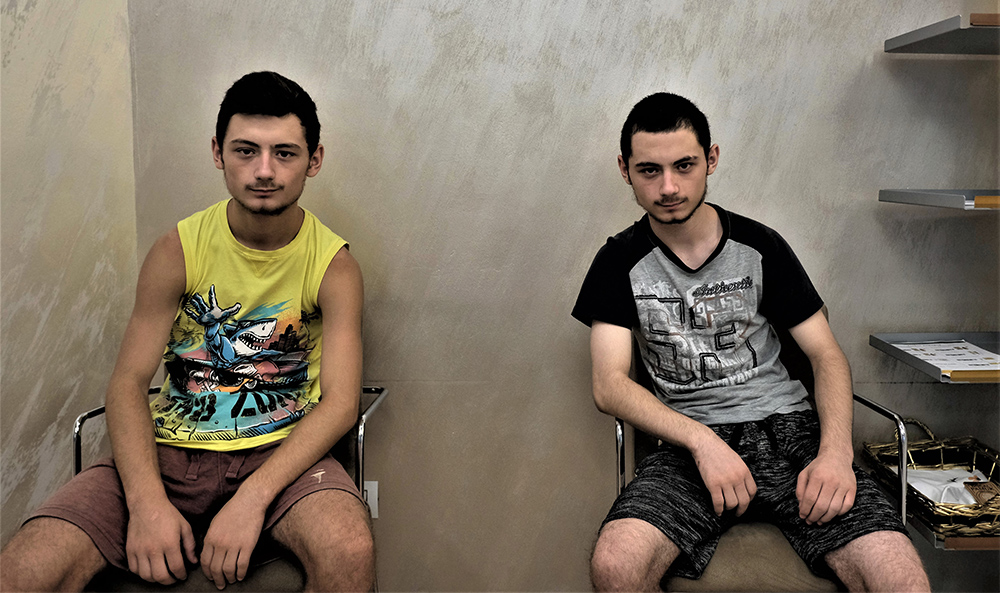
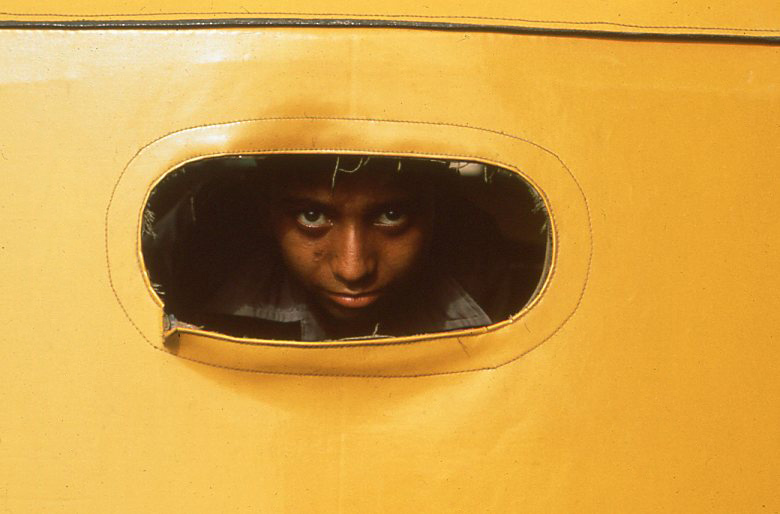
Tanber, who has lived in Spain, Saudi Arabia and Lebanon, currently operates a video production and content-writing business in Toledo. Many of his travels involved overland journeys through countries that were in conflict and turmoil.
“I’ve had two careers as one. As a correspondent while traveling the world writing all these stories, I would take pictures to go with my stories. When I was doing that kind of travel I had opportunities to take pictures separate from the stories. I had a catalog from my travels that were put away and not really published. In recent years I brought those out to go with the stories.”
Tanber makes it clear he is not a travel writer.
“I write human interest stories, not politics or daily events,” he said. “It’s more about people in other countries and educating Americans about the people I meet. These stories are very personal.”
In 2020, Tanber created a website called The Road Boomer, featuring published stories (and accompanying photos) Tanber has written about his travels in the U.S. and abroad. Local stories, photos and satirical pieces are also featured on the site.
“I created The Road Boomer because I had a lot of work published over the years, and not a lot of it was digitized. I wanted to showcase some of my stuff from when I was globe trotting over the years.
“They are more human interest stories, so they are not necessarily dated. I re-interviewed the people after years and started doing ‘where are they now’ postscripts.”
Some of the international stories on the The Road Boomer feature Tanber’s visits to destinations like Jamaica, Albania, North Macedonia, Ghana, Finland, Estonia, Lapland, Brazil, Uruguay, Spain, Saudi Arabia and Lebanon.
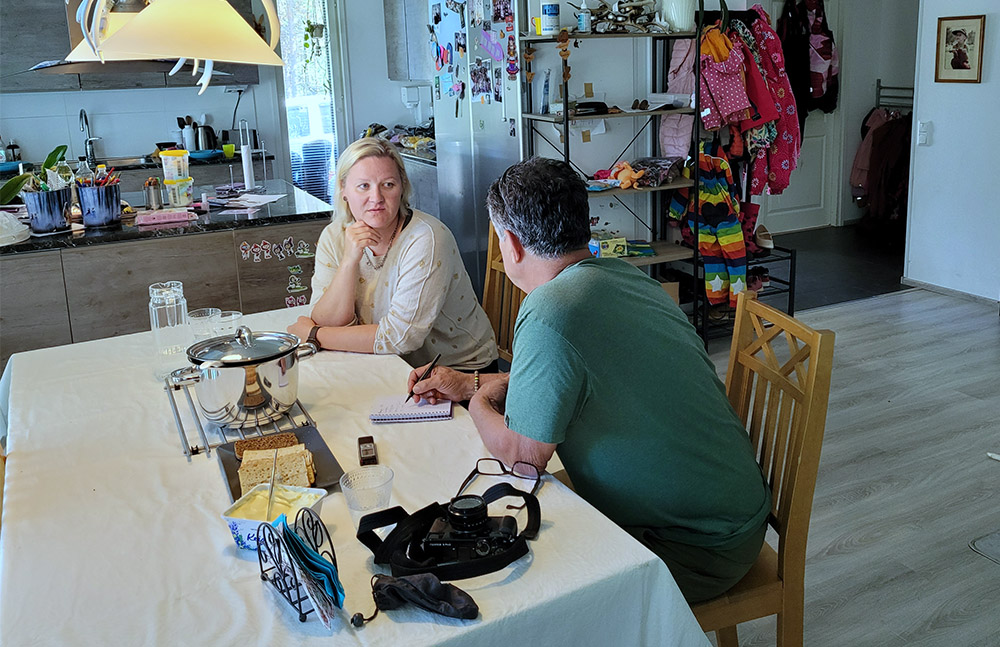
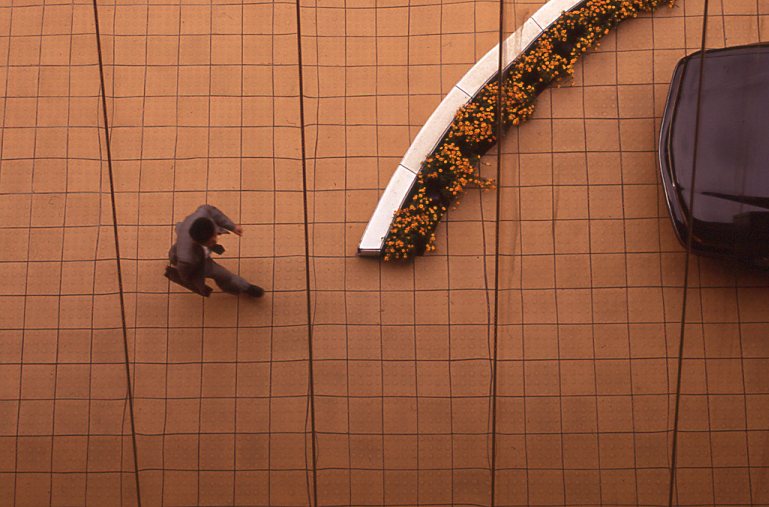
One story, titled An Ill-Advised Photo Op Leads to Militia Vote: To Die or Not?, details the time Tanber was detained in a Christian neighborhood in East Beirut on a truce day during Lebanon’s eight-month-old civil war. Tanber was suspected by local militia of being a spy, was interrogated, and ultimately released.
An excerpt from Tanber’s account reads: “Along with the nightly battles, the militia units erected spontaneous roadblocks. They pulled unsuspecting innocents from their vehicles, checked their religious affiliation and executed opponents on sight. During the worst times, body counts often exceeded 100 each day.”
Today, Tanber reflects that “it does harden you when you see death over and over again in different situations. That’s one of the sad parts of what I do. I’ve covered a lot of big stories, a lot of them concerning death. The Blade sent me to Princess Diana’s funeral, and I’ve covered Hurricane Katrina and African famine in the 1980s.
“I always go back the next year to find out what happened. The follow-up was always a big thing for me.”
Gordon said Tanber has always been very driven to get his story.
He’s always been generous, earnest and sincere in his dealings with people,” Gordon said. “He will spot something and follow his intuition and just go. If he has the impulse he’s found a story, he will drop everything and go get it.
Michael Gordon | Former city hall editor at the Anniston (Ala.) Star
“He is so much more of a complex story reporter than when I met him. Even at this point he’s getting better and learning things. He has a natural gift with people,” he added.
Tanber is also proud of his work as a photojournalist. Some of his photos were featured at the Toledo Museum of Art last October. He did a PowerPoint presentation called Unexpected Images, where he highlighted 20 photos he took from 1975-2024.
Tanber began traveling again in 2020, starting with a trip to Jamaica. Old habits never die.
“I thought I’d better go back on the road to see if I still had what it takes to do these types of things,” he said. “I came home from Jamaica and said, ‘I can still do this.’ I’ve been to 10 countries since 2020, and I’m going to places now that I’ve never been, places where there is no danger. Safer places. Places I think people might not know much about.”
Tanber said he is in great physical shape, thanks to yoga and Pilates, and has no plans to stop traveling and writing. Asked to name his favorite country, he said, “I love them all.”
“Each country is different,” Tanber said. “I focus on people. The people make the country, and I’ve met interesting people no matter where I’ve been.”
